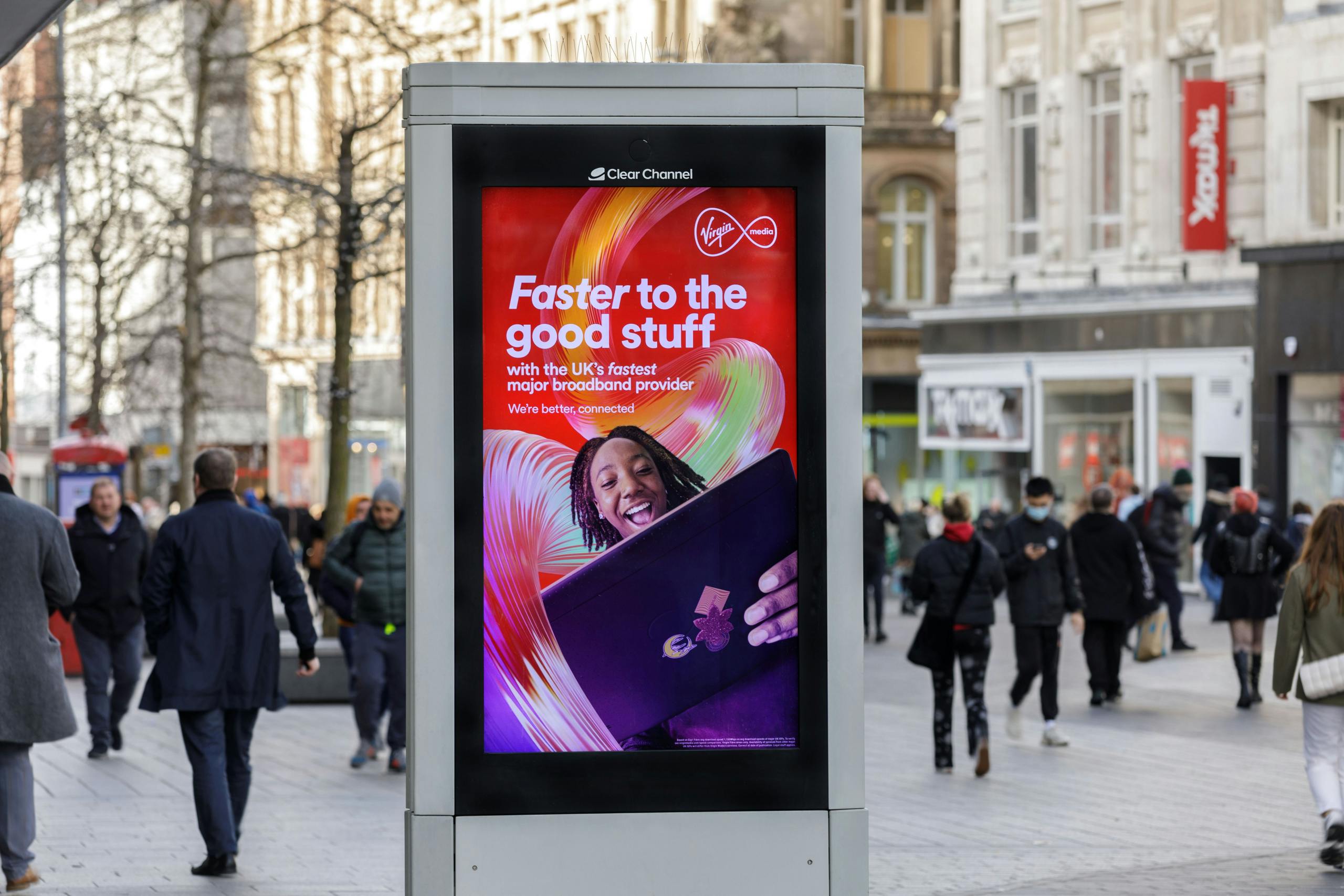Three Reasons Why You Need Brand Marketing More Than Ever
I recently saw a quote from Scott Galloway, professor of marketing at NYU Stern, a well-known business school in New York, which said: “The summer of 2020 saw the end of the brand era… the losers in this transition are the media companies that provided platforms for the big and bold publicity of the brand era. “
Now far be it from me to argue with a renowned author and teacher, but I can’t help but think that, for the UK at least, it’s, for lack of a better word, a no – total sense. In fact, I would go so far as to say that the events of the past two years have built and maintained a strong brand with “bold brand advertisingmore important than ever, and here’s why.
1. Rational choice is knocking at the door
A significant increase in e-commerce means we now have more information available to us right at the crucial point of purchase. As easy as it is to buy at the push of a button, it’s just as easy to access the latest reviews and compare specific attributes of one product against another. For me, that’s a problem. The ability to quickly analyze the advantages of one brand over another results in a very rational purchasing decision; a situation that could represent a danger for any brand that is simply not the best on paper or whose price does not match its offer.
How to avoid this trap? With marketing campaigns that seek to build and maintain a strong brand, creating a set of mental structures that predispose consumers to choose your brand over others, whatever the most rational and informed decision.
2. Mental availability is not a given
I am convinced that mental availability plays an essential role in the choice of products. Brands that come to mind quickly are more familiar and less likely to be flagged and over-analyzed during the purchase journey. However, this mental availability is, I think, harder to find these days.
Over the past 24 months, we’ve been through extended periods of limited store access, which means we’ve also spent far less time looking at products and developing our mental readiness. Add to that the fact that many of us have been forced to swap brands (perhaps due to price or lack of availability), which means that certain brands no longer occupy a place in our daily lives. .
As if that weren’t enough, the rise of e-commerce and the nature of our online shopping means that we naturally see less of certain products. Where I once waltzed down an aisle with every cleaning product known to man in my sight, now that I shop online I only see one or two, opting instead to select from my list of pre-existing favorites.
How does a brand overcome this? The answer, of course, is to fill that void, to rebuild mental availability with advertising that can offer consumers a frequent visual reminder of a brand in their daily lives (away from home, anyone?).
3. There’s more to life than e-commerce
While I’ve suggested that the rise of e-commerce is a key driver of the growing need for strong branded work, I fear that we are all at risk of succumbing to availability bias. In other words, that we overemphasize the topic because of the recency and volume of information we receive.
If the number of e-commerce related reports, webinar invites, and articles I receive is anything to go by, I think that’s probably the only thing I should be concerned about. However, I’m not too convinced that this is actually the case and I fear that if we focus too much on this, we might miss a bigger prize.
According to the latest data from Kantar, 83% of UK adults have made an online purchase in the last six months, so this is definitely something we need to consider. However, while large swaths of the population can purchase products online, for some sectors it is bricks and mortar that still absorb the bulk of actual spending.
Take for example the retail sector. According to the Center for Retail Research, online retail spending has increased significantly – by 9% between 2019 and 2021. That’s huge, considering the average annual increase over the past 10 years has never exceeded 2%. However, despite this increase, in 2021 online sales still accounted for only 29% of all retail sales – the lion’s share (71%) still went through good old-fashioned bricks and mortar.
So while we certainly shouldn’t ignore e-commerce and the continued use of smartly targeted digital performance ads, let’s not forget that it’s not the only store in town. By building a strong brand through broadcast media, we can ensure that we are priming as many potential buyers from the marketplace as possible, whether the final purchase ends up online or offline.
And of course, let’s not ignore the possibility of activating all those in-store shoppers as well, perhaps with those beautiful digital screens that are right outside the store.
Here, we’ve looked at just three reasons why brand building remains a core marketing activity for 2022 and beyond. However, rest assured, there are plenty more, all of which you can explore in our brand new research article, coming soon. Monitor this space (or get in touch).
Lindsay Rapacchi is Director of Research and Insights at Clear Channel UK.


Comments are closed.